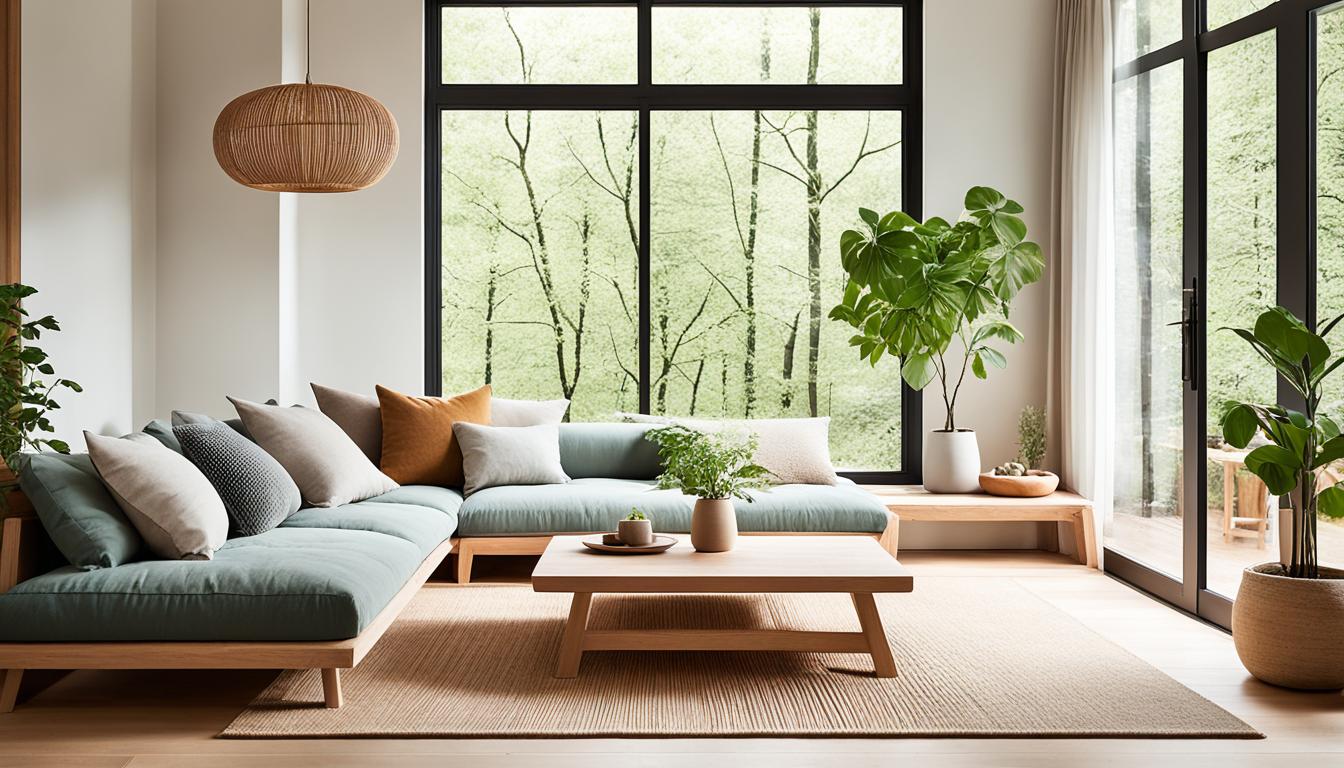In today's fast-paced world, our homes have become more than just places to live—they are sanctuaries where we seek comfort, peace, and rejuvenation. Mindful interior design focuses on creating spaces that support our emotional and physical wellbeing, connecting our surroundings with our inner selves.
The Principles of Mindful Design
Mindful design begins with intention. Each element in your space should serve a purpose, whether functional, aesthetic, or emotional. By carefully considering how your environment affects your mood and energy, you can create a home that truly nurtures your spirit.
Embracing Natural Elements
Bringing nature indoors is a cornerstone of mindful design. Natural materials like wood, stone, and clay connect us to the earth and create a sense of groundedness. Indoor plants purify the air while adding life and vibrancy to our spaces. Natural light not only reduces energy consumption but also regulates our circadian rhythms and boosts mood.
Consider incorporating these elements in your home:
- Sustainable wooden furniture with minimal processing
- Low-maintenance indoor plants suited to your light conditions
- Natural textiles like cotton, linen, and wool for bedding and upholstery
- Stone or clay accessories that add textural interest
Thoughtful Color Psychology
Colors profoundly affect our emotions and energy levels. A mindful approach to color selection considers the purpose of each room and the feelings you want to evoke there. Soft neutrals and cool tones create calm, while warmer hues energize. Rather than following trends, choose colors that resonate with you personally.
Decluttering with Purpose
Mindful design embraces the philosophy that less is often more. Clearing physical clutter helps clear mental clutter. This doesn't mean embracing stark minimalism unless that appeals to you; rather, it means being intentional about what you bring into your space and keeping only what serves a purpose or brings joy.
Creating Sensory Harmony
A truly nurturing space engages all the senses in a balanced way. Beyond the visual aspects of design, consider how your home feels, sounds, and even smells. Varied textures invite touch, acoustic elements can reduce noise pollution, and natural scents can elevate mood and reduce stress.
Designing for Your Authentic Self
Perhaps the most important principle of mindful design is authenticity. Your home should reflect who you are, not who you think you should be. Take time to reflect on the activities, colors, and objects that truly resonate with you, and build your space around these elements rather than following passing trends.
Creating a mindful home is an ongoing journey, not a destination. As you evolve, so too will your space. By approaching interior design with intention and awareness, you can create environments that not only look beautiful but also support your wellbeing and help you live more fully in the present moment.



